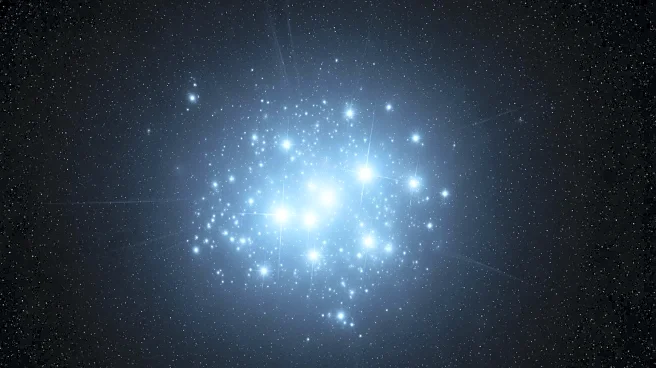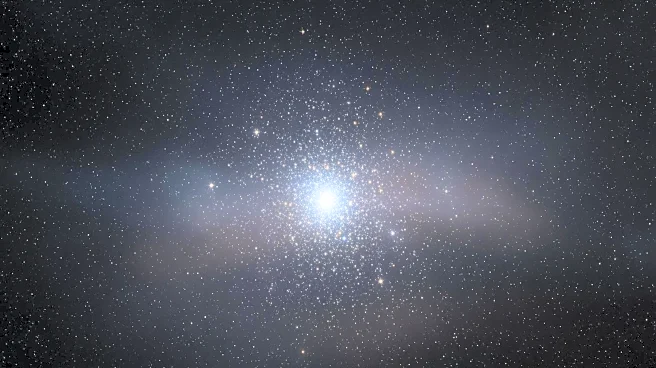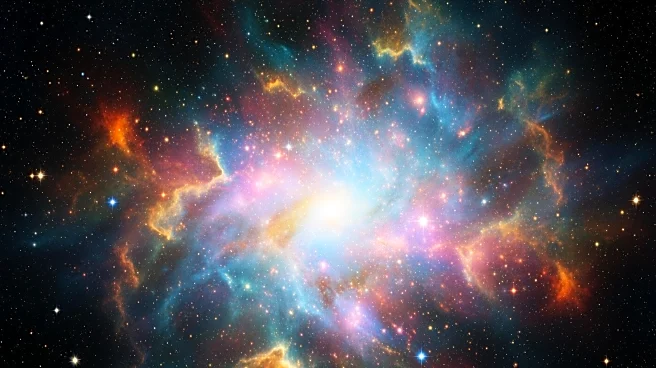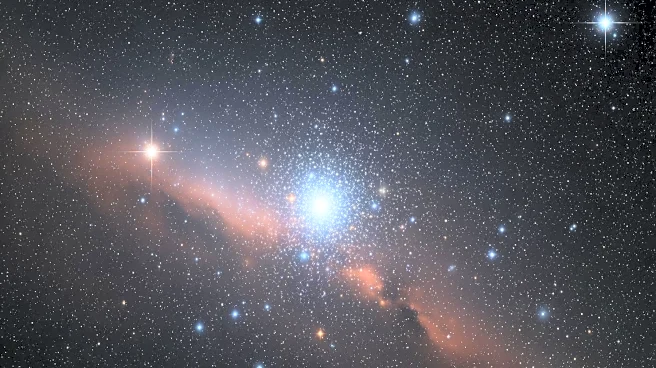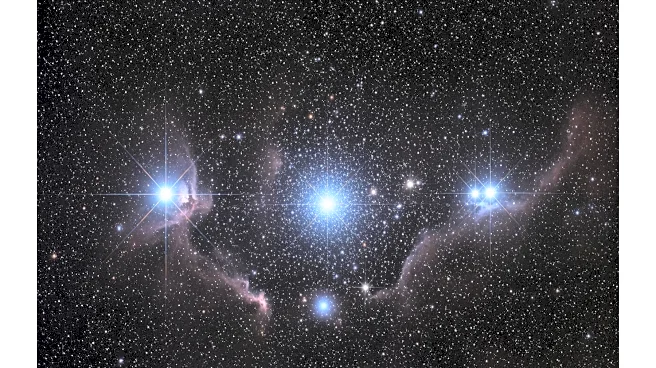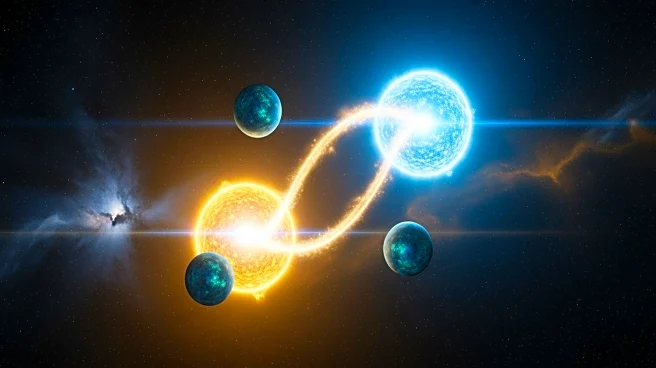What's Happening?
Researchers from the University of North Carolina at Chapel Hill have discovered that the Pleiades star cluster is part of a much larger stellar complex, dubbed the 'Greater Pleiades Complex,' which spans
nearly 2,000 light-years. Using data from NASA's TESS satellite, ESA's Gaia, and the Sloan Digital Sky Survey, the team identified stars with shared motion, age, and chemistry, indicating a common origin. This discovery challenges the traditional view of the Pleiades as a compact cluster and suggests a sprawling stellar family.
Why It's Important?
The discovery of the Greater Pleiades Complex provides new insights into the formation and evolution of star clusters. It highlights the importance of combining data from multiple missions to uncover hidden structures in the galaxy. This research could lead to the identification of other dispersed stellar families, enhancing our understanding of the Milky Way's history and dynamics.
What's Next?
The methodology used in this study could be applied to other regions of the galaxy, potentially revealing more hidden star complexes. As TESS continues to gather data and Gaia refines its measurements, astronomers may uncover additional stellar families, offering a more comprehensive view of the galaxy's structure.
Beyond the Headlines
The study underscores the importance of interdisciplinary collaboration in astronomy, combining data from space telescopes and ground-based observations. It also highlights the role of advanced technology in expanding our understanding of the universe, paving the way for future discoveries.
